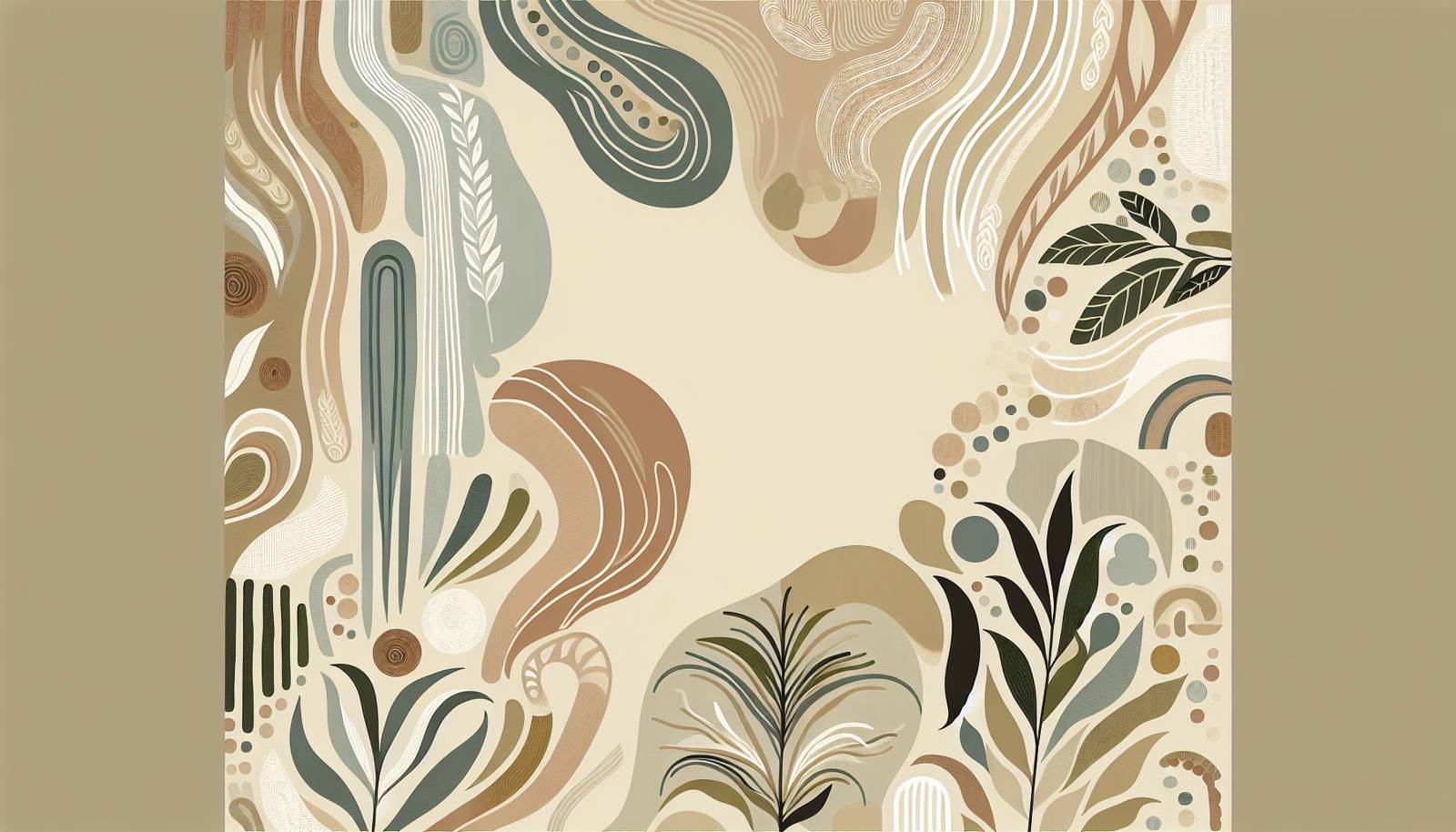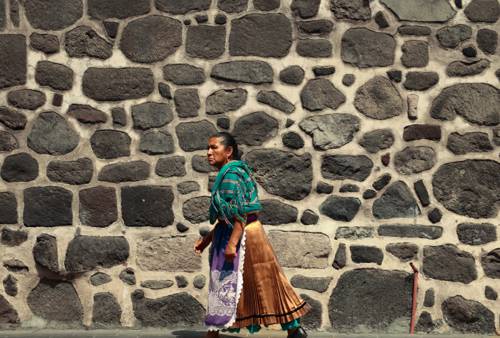
FAQ About The Role of Indigenous Textiles in Contemporary Fashion

What are indigenous textiles?
Indigenous textiles refer to fabrics and materials that are traditionally crafted by indigenous communities. These textiles often carry significant cultural, historical, and artistic value and are created using traditional methods such as hand weaving, natural dyeing, and embroidery. Each piece can represent the identity, beliefs, and stories of the community it originates from.

How are indigenous textiles used in contemporary fashion?
In contemporary fashion, indigenous textiles are utilized for their unique aesthetic and cultural significance. Designers incorporate these textiles into modern garments, accessories, and footwear, merging traditional craftsmanship with contemporary styles. This approach not only creates distinctive fashion pieces but also honors and preserves the cultural narratives embedded in these textiles.

Why is it important to integrate indigenous textiles into fashion?
Integrating indigenous textiles into fashion is important for promoting cultural heritage and supporting indigenous artisans. It brings attention to traditional craftsmanship, encourages cultural appreciation, and can provide economic benefits to indigenous communities. Such integration also helps in sustaining ancient techniques and materials that might otherwise be lost.

What impact do indigenous textiles have on sustainable fashion?
Indigenous textiles contribute significantly to sustainable fashion through their eco-friendly production methods and use of natural materials. Many indigenous textiles are crafted sustainably, involving hand weaving and natural dyes that have minimal environmental impact. By encouraging the use of these textiles, contemporary fashion can move towards more sustainable practices.

Can you give examples of indigenous textiles used in fashion?
Examples of indigenous textiles used in fashion include Andean textiles from Peru, characterized by vibrant colors and intricate patterns; Batik from Indonesia, known for its wax-resist dyeing technique; and Navajo rugs from the Southwestern United States, recognized for their geometric designs. These textiles are often integrated into modern clothing lines, accessories, and home decor items.

What are some challenges faced in integrating indigenous textiles into fashion?
Challenges include cultural appropriation, where designs are used without proper acknowledgment or benefit to the indigenous communities. Ensuring fair compensation and ethical sourcing for the artisans is also a challenge, as well as maintaining the authenticity and original meaning of the designs in modern fashion contexts. Overcoming these challenges requires collaboration and respect between designers and indigenous communities.

How do designers source indigenous textiles ethically?
Designers can source indigenous textiles ethically by collaborating directly with indigenous communities, ensuring that artisans are fairly compensated for their work. Transparency in sourcing practices and establishing long-term partnerships are crucial. Additionally, designers can contribute to initiatives that support the communities’ cultural preservation efforts.

Are there fashion brands known for using indigenous textiles?
Several fashion brands are recognized for incorporating indigenous textiles, such as Indigenous Designs, which collaborates with Peruvian artisans, and B Yellowtail, which features textiles from various Native American tribes. These brands emphasize ethical practices and prioritize reinforcing indigenous identities through their collections.

How does using indigenous textiles in fashion support cultural heritage?
Using indigenous textiles in fashion supports cultural heritage by helping preserve traditional techniques and materials. It raises awareness about indigenous cultures, promotes their rich histories, and keeps age-old artistic expressions alive. This practice can empower indigenous communities economically and culturally, ensuring that their heritage continues to thrive.

What role does innovation play in the use of indigenous textiles in fashion?
Innovation plays a crucial role by allowing contemporary fashion designers to blend traditional aesthetics with modern techniques and styles. This leads to new fashion trends that respect and elevate traditional textiles, making them relevant to today’s market demands while showcasing the creativity and adaptability of both the designers and the artisans.

How can consumers support the use of indigenous textiles in fashion?
Consumers can support by purchasing products from brands that use indigenous textiles responsibly and ethically. It's important to research and choose companies that prioritize fair trade practices and have transparent sourcing policies. Consumers can also advocate for awareness around indigenous craftsmanship by sharing their knowledge and appreciation of these unique textiles.

What are common misconceptions about indigenous textiles in fashion?
Common misconceptions include the belief that indigenous textiles are outdated or not versatile for contemporary designs. Others mistakenly assume that using such textiles equates to cultural appropriation, without recognizing the potential for cultural exchange and ethical collaboration. Clearing these misconceptions involves education on the value and significance of these textiles.

Is there a risk of cultural appropriation when using indigenous textiles in fashion?
Yes, there is a risk of cultural appropriation if indigenous textiles are used without proper credit, context, or compensation to the originating community. It's important for designers and brands to engage with communities ethically, respecting their cultural symbols and stories. This ensures that the use of indigenous textiles becomes a form of cultural appreciation instead.

What are the benefits of collaborating with indigenous communities in fashion?
Collaborating with indigenous communities can lead to more authentic and meaningful fashion pieces, as designers learn from the artisans about their techniques and cultural stories. It fosters mutual respect and understanding, provides economic support to the communities, and enhances the cultural richness of fashion by incorporating diverse perspectives and histories.

How does the use of indigenous textiles align with ethical fashion movements?
The use of indigenous textiles aligns with ethical fashion movements by promoting sustainability, fair trade, and cultural appreciation. These textiles often embody eco-friendly practices and respectful production processes that echo the principles of ethical fashion, such as transparency, responsibility, and the empowerment of marginalized communities.

Can the integration of indigenous textiles influence fashion trends?
Yes, the integration of indigenous textiles can influence fashion trends by introducing unique patterns, colors, and techniques previously unseen in mainstream fashion. This often results in new trends that celebrate individuality and cultural richness, setting a new aesthetic standard in the industry.

How do indigenous textiles promote diversity in fashion?
Indigenous textiles promote diversity in fashion by bringing attention to different cultural heritages and artistic expressions. The inclusion of these textiles in fashion collections adds richness and variety, challenging the industry to broaden its scope beyond Western aesthetics and embrace a more globalized perspective.

What are some initiatives that support the use of indigenous textiles in fashion?
Initiatives such as the Ethical Fashion Initiative and programs like the Indigenous Fashion Projects aim to support the use of indigenous textiles by connecting artisans with international designers. These initiatives focus on creating fair opportunities and promoting the skills and traditional knowledge of indigenous communities to a global audience.

Why is preserving indigenous textile techniques important?
Preserving indigenous textile techniques is crucial for maintaining cultural identity and heritage. These techniques are often passed down through generations and are integral to the cultural fabric of the communities. Preservation ensures that these art forms continue to evolve and adapt, providing a link between past, present, and future generations.

How do traditional patterns in indigenous textiles influence modern design?
Traditional patterns in indigenous textiles influence modern design by offering a rich source of inspiration. Designers often reinterpret these patterns, blending them with contemporary styles to create innovative fashion pieces. This fusion highlights the timelessness of indigenous artistry while offering modern consumers a product that is both fashionable and culturally meaningful.
